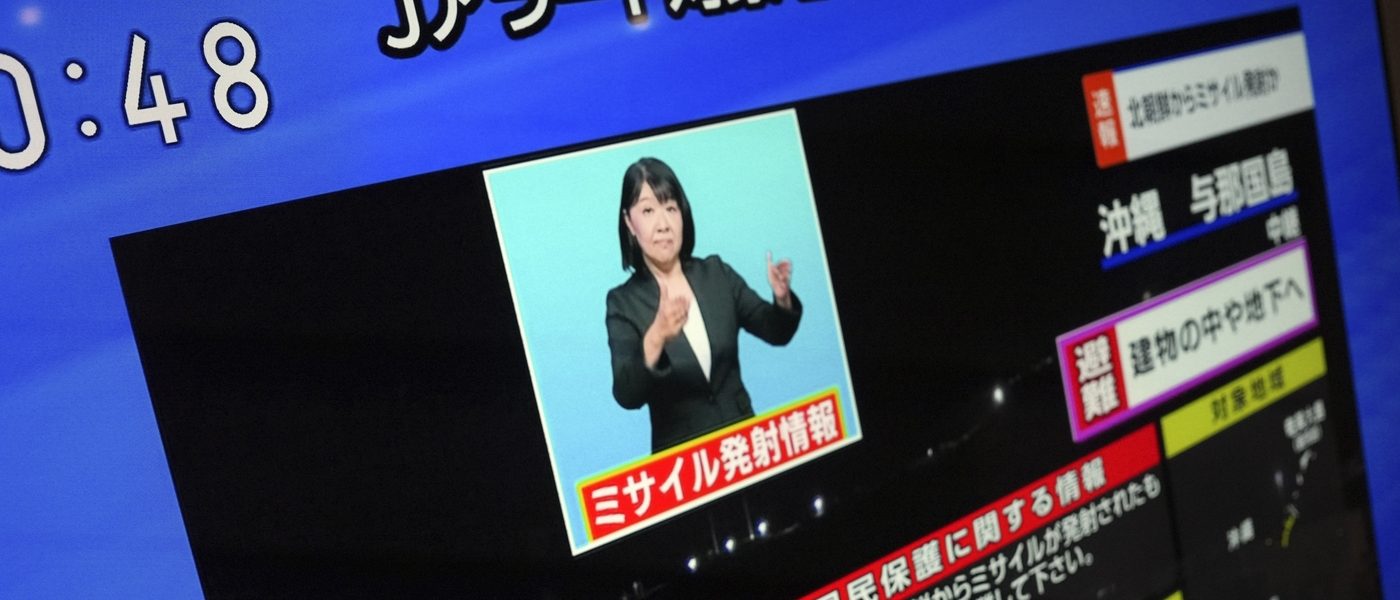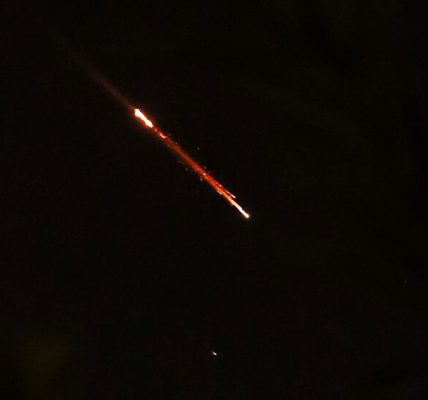South Korea’s nuclear missile launch is a serious threat for the U.N. and for the safety of the people in the face of US threats
North Korea said Wednesday that it had placed a spy satellite into the air with the third launch attempt of the year, showing its determination to build a space-based defense system in the face of US threats.
Heo Tae-keun, South Korea’s deputy minister of national defense policy, told a televised briefing that the North’s latest satellite launch was not only a clear violation of U.N. resolutions but also “a grave provocation that threatens our national security.”
SEOUL, South Korea — South Korea will partially suspend an inter-Korean agreement Wednesday to restart frontline aerial surveillance of North Korea, after the North said it launched a military spy satellite in violation of United Nations bans, Seoul officials said.
South Korea’s military said it will maintain readiness to repel any provocations by North Korea based on an alliance with the United States. Japanese Prime Minister Fumio Kishida called the launch “a serious threat that affects the safety of the people” and said Japan lodged a protest with North Korea condemning the launch in strongest terms.
North Korea is under sanctions from the U.N. over its nuclear and missile tests. It is unlikely that the North will be hit with new sanctions. Russia and China have already stymied any U.N. Security Council response over the North’s recent series of launch activities.
Kim Yo Jong, Kim’s sister and a senior party official, said in June that the Security Council was a political appendage of the United States. She accused the council of being “discriminative and rude,” saying it was only concerned with the satellite launches of the North.
In the first attempt, the North Korean rocket carrying the satellite crashed into the ocean soon after liftoff. The first and second stages separated, which resulted in the rocket losing its thrust. After the second attempt, North Korea said there was an error in the emergency blasting system during the third-stage flight.
Some civilian experts said North Korea’s Malligyong-1 satellite is likely capable only of detecting big targets like warships or planes. But by operating several such satellites, North Korea could still observe South Korea at all times, they said.
Kim is eager to introduce other sophisticated weapons such as more mobile ICBMs, nuclear-powered submarines and multi-warhead missiles. When diplomacy begins again, Kim would want to use an enlarged weapons arsenal to win more U.S. concessions.
Both South Korea and the U.S. have expanded their military exercises and deployed powerful US military assets to South Korea. On Tuesday, the Carl Vinson aircraft carrier and its battle group traveled to a South Korean port in a show of strength against North Korea.
Since last year, North Korea conducted about 100 missile tests in a bid to establish a reliable arsenal of nuclear weapons targeting the U.S. and its allies. Many foreign experts say North Korea has some last remaining technologies to master to acquire functioning nuclear missiles.
This is not a one-off event but part of a larger strategy by North Korea, which prioritized military power over economic development, instead of pursuing diplomacy with the United States, in order to align itself with Russia and China.
The questions raised by Tuesday’s launch are more than just answers, such as whether Russia gave technical and even material assistance to North Korea or if the satellite actually does its job.
The alleged dealInvolves North Korea supplying conventional arms to refill Russia’s war-torn ammunition stock. In return, foreign governments and experts say that North Korea seeks Russian help in enhancing its nuclear and other military programs.
North Korea and Russia, both U.S. adversaries that are increasingly isolated globally, have been pushing hard to expand their relationships in recent months. In September, Kim traveled to Russia’s Far East to meet the president and visit key military sites, touching off speculation of a weapons deal.
U.S. National Security Council spokesperson Adrienne Watson said Washington strongly condemned North Korea for the launch, saying it “raises tensions and risks destabilizing the security situation in the region and beyond.” The technologies that were used in the launch are related to the North Korea’s intercontinental missile program.
North Korea’s nuclear weapons arsenal and missile tests under a nuclear agreement between the U.S. and South Korea after the launch of Malligyong-1
A new carrier rocket that was used by the North’s space agency correctly placed the Malligyong-1 satellite into orbits about a minute after liftoff from the main launch center.
“Our understanding is that so far there is no confirmation of a satellite placed into Earth’s orbit,” Japan’s Chief Cabinet Secretary Hirokazu Matsuno said. He still avoided calling the launch a failure, saying it would take “a fair amount of time” to verify the fate of the North’s launch.
The same satellite was used in North Korea’s two failed launches. South Korea’s military retrieved debris from the first launch and called the satellite too crude to perform military reconnaissance.
The brief Korean rapprochement period later evaporated soon after the collapse of broader nuclear diplomacy between North Korea and the U.S. in 2019. North Korea has since ramped up missile tests to modernize its weapons arsenal, prompting the U.S. and South Korea to expand their defense exercises in response.
The deal invited withering conservative criticism in South Korea with critics saying it significantly restricted the operation of the country’s aerial surveillance assets, which are much more superior to North Korea’s. The agreement called for mutual reductions of conventional military strength, but left the North’s growing nuclear arsenal intact. South Korea has no weapons of mass destruction.
The 2018 agreement, struck during a short-lived era of reconciliation between the rival Koreas, created buffer and no-fly zones along the countries’ heavily fortified border. Under the deal, the Koreas were required to halt frontline aerial reconnaissance of each other and live-firing exercises and removed some of their guard posts and landmines at border areas.
He added that based on the solid military alliance with the U.S., South Korea will “promptly and strongly punish” North Korea if it uses the South Korean step as a pretext to launch another provocation.



